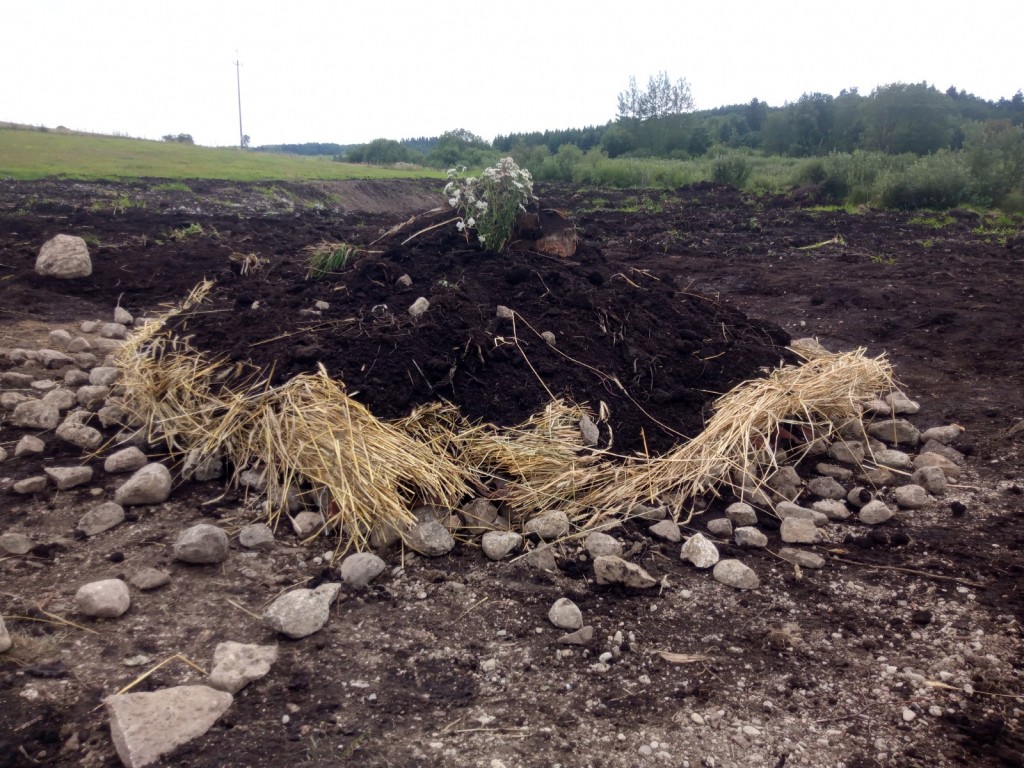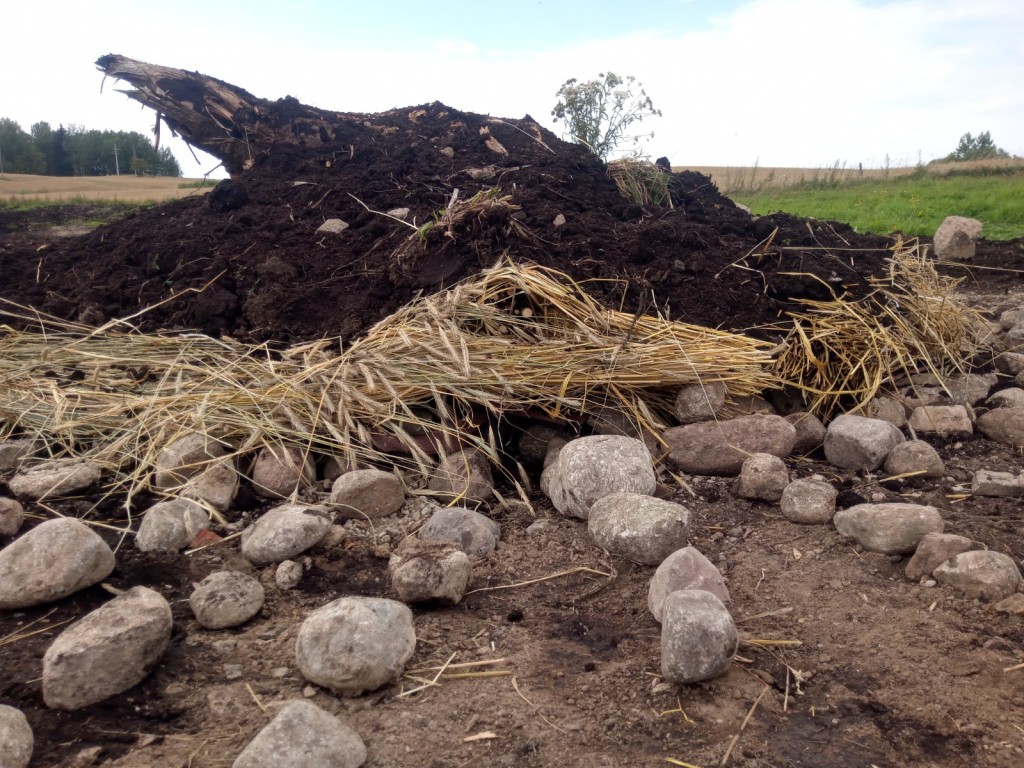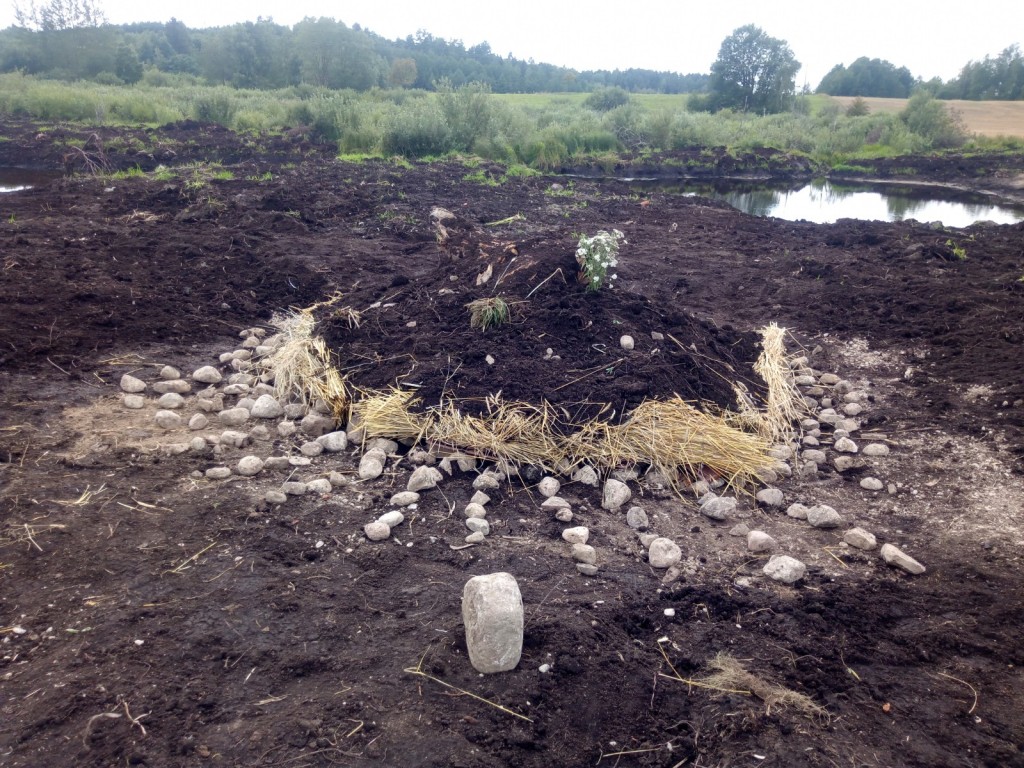Active protection of amphibians has been carried out for years in many European countries. The activities are usually focused on the protection or restoration of breeding sites and reducing mortality (e.g. by building passages under roads). However, we usually forget how important the possibility of safe wintering is for the survival of amphibians.
Amphibians hibernate on land, e.g. using earth or rock crevices, rodents' burrows, piles of wood, piles of stones, or by burying themselves in the ground or in water, buried at the bottom in silt.
As a result of human activities, there are fewer and fewer good, natural hibernation sites for amphibians - as are their breeding sites.
Migrating from hibernation sites to breeding sites is often very dangerous for amphibians, especially if they are separated by roads. Thousands of individuals die then under the wheels of cars.
Therefore, an important activity for the protection of amphibians is the construction of hibernation sites - properly constructed and located.
Experience so far is very limited. Hibernation sites were built in Denmark, Germany and Norway, but there is no good, reliable research on their effectiveness.
As part of our project, we developed innovative constructions of hibernation sites. They consist of three stone storeys separated by "ceilings" (flat stones or ceramic tiles). In the center of the hibernation site there is a carp.The whole thing is covered with straw mats and covered with earth. Of course, there is also a water drain.
We have already started construction - in Poland, in the Romincka Forest Landscape Park, 12 hibernation sites will be built. Our Danish partners will build another 12 - slightly modified, adapted to local conditions.
For the next three years, we will monitor the use of hibernation sites. The obtained data will allow the optimization of this method of active protection of amphibians and may be used throughout Europe.











